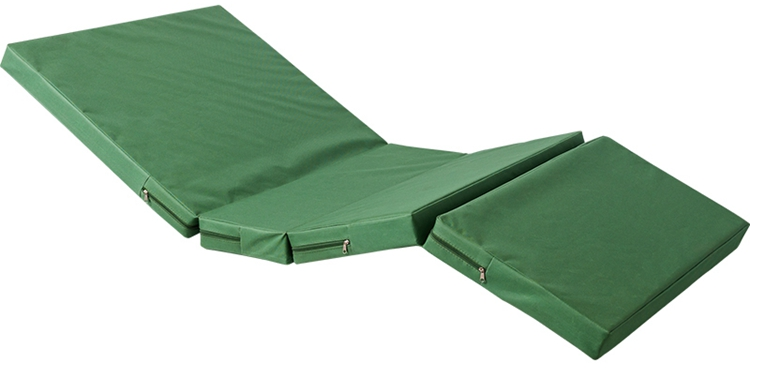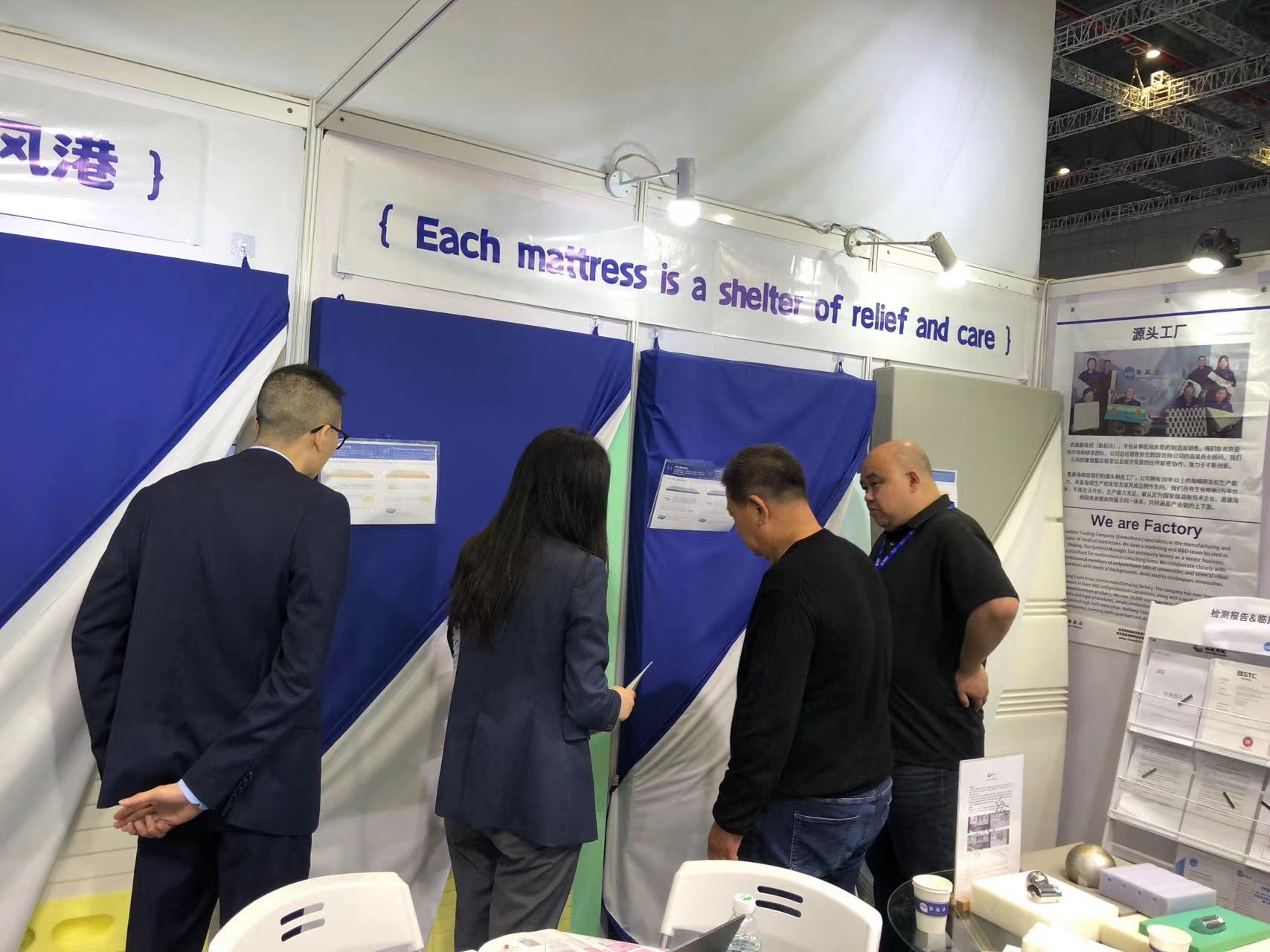Prevent Bed Sores with New Wave Hospital Bed Mattress
- The Critical Need for Hospital Bed Mattress Upgrades
- Pressure Injury Statistics: The Alarming Data Reality
- Innovative Features in Modern Medical Mattresses
- Comparative Analysis of Leading Hospital Mattress Manufacturers
- Specialized Solutions for Different Care Environments
- Documented Outcomes from Healthcare Facilities
- Key Considerations When Selecting a New Wave Mattress

(new mattress for hospital bed)
Enhancing Patient Care with a New Mattress for Hospital Bed
Medical facilities globally are recognizing the critical role specialized bedding plays in patient recovery and comfort. Traditional hospital bed mattresses often fail to provide adequate pressure redistribution, contributing significantly to the development of pressure ulcers and patient discomfort. Healthcare administrators now prioritize upgrading to advanced mattress systems as clinical evidence demonstrates measurable improvements in patient outcomes and substantial cost savings. Beyond immediate comfort benefits, these upgrades represent proactive investments addressing both patient welfare and operational efficiency.
The Alarming Reality of Hospital-Acquired Pressure Injuries
Healthcare facilities face mounting pressure to reduce hospital-acquired pressure injuries (HAPIs), with approximately 2.5 million patients developing bed sores annually in U.S. healthcare facilities according to the Agency for Healthcare Research and Quality. The financial impact is staggering - treatment for a single Stage IV pressure ulcer costs healthcare systems between $25,000 and $160,000. Clinical studies reveal that up to 60% of pressure injuries develop during hospital stays, with immobile patients being 6 times more likely to develop severe ulcers. These statistics underscore the non-negotiable requirement for pressure redistribution technology in modern healthcare settings, where preventive measures directly impact both patient outcomes and institutional liability.
Technological Advancements in Medical Sleep Systems
Modern hospital bed mattresses incorporate multiple engineering innovations designed for therapeutic benefit. Alternating pressure technology utilizes independently controlled air chambers that systematically inflate and deflate in precise patterns, stimulating capillary blood flow to vulnerable tissue areas. Advanced viscoelastic memory foams with phase-changing molecules create microclimate management - maintaining skin surface temperature consistently below the ulcer formation threshold of 92°F. Waterproof nanofiber surfaces with embedded antimicrobial agents like silver ions reduce pathogen transmission while enabling constant airflow. Unlike traditional static mattresses, new wave mattresses feature embedded sensor arrays capable of alerting nursing staff to repositioning needs before tissue damage occurs.
| Manufacturer | Core Technology | Pressure Redistribution (mmHg) | Ease of Cleaning | Clinical Evidence Level | Durability (Years) |
|---|---|---|---|---|---|
| MediFlex ProSeries | Dynamic Fluid Suspension | 18-22 mmHg reduction | Fully immersible | 5 clinical studies | 7-8 years |
| ArgoMed AirFlow | Alternating Air Chambers | 20-25 mmHg reduction | Wipe clean only | 3 clinical studies | 5-6 years |
| Symponia Reactive | Viscoelastic Memory Foam | 15-18 mmHg reduction | Replaceable covers | 2 clinical studies | 4-5 years |
| TheraSystem MultiCare | Hybrid Air/Cellulose Matrix | 22-28 mmHg reduction | Autoclave compatible | 4 clinical studies | 8-10 years |
Specialized Solutions for Diverse Clinical Needs
Different care environments require tailored mattress configurations for optimal outcomes. Bariatric units typically utilize reinforced mattress systems capable of redistributing pressures up to 750 pounds without compromising therapeutic benefits - featuring up to 40% more air volume and enhanced perimeter support to prevent roll-off incidents. Pediatric departments implement specialized foam mattresses with smaller pressure zoning that match children's anatomical pressure points, often incorporating comfort-centric designs to reduce treatment anxiety. Critical care environments favor ultra-low air loss mattresses that continuously regulate skin moisture levels while facilitating easier patient transfers through 360° access. For long-term care residents at higher risk for bed sores, hybrid pressure-relieving foam cores surrounded by rotating air sections extend therapeutic benefits throughout multi-year service life.
Documented Outcomes from Healthcare Implementations
Several leading medical centers have documented significant improvements following the implementation of specialized hospital mattress systems. Mercy Medical Center saw a 64% decrease in hospital-acquired pressure ulcers within six months of upgrading their surgical units to new wave mattresses. Their analysis indicated an annual savings of $270,000 per 100 beds in reduced treatment costs and nursing labor hours. Similarly, Veterans Administration facilities conducting bed upgrades reported a 72% reduction in late-stage pressure ulcer development among high-risk patients in the first year post-implementation. Long-term care facility Briarwood Gardens eliminated incident pressure ulcers entirely within 10 months through installation of specialized alternating pressure systems. These case studies substantiate the powerful ROI generated by investing in clinically validated sleep systems that simultaneously improve patient outcomes and reduce healthcare costs.
Optimizing Selection of a New Wave Mattress for Hospital Bed
When evaluating a replacement mattress for hospital bed applications, several technical specifications require careful consideration. Determine weight capacity requirements not just by current patient demographics but with future projections - modern therapeutic mattresses typically accommodate patients from pediatric ranges up to 850-pound bariatric needs. Verify clinical certifications including ISO 13485 manufacturing compliance and National Pressure Injury Advisory Panel performance validation. Assess cleaning capabilities: Ideal models feature fluid-proof zippered covers rated for over 1,000 cleaning cycles without performance degradation. Evaluate long-term cost-efficiency using five-year operational cost projections rather than just initial purchase price - factoring reduced ulcer treatments, linen usage and nursing time. Conduct trials with at least two manufacturers to document patient response metrics including skin integrity, repositioning frequency and expressed comfort levels.
Selecting Advanced Solutions for Modern Patient Care
Transitioning to specialized hospital bed mattresses delivers tangible clinical and financial benefits that position healthcare organizations at the forefront of patient-centered care. Facilities incorporating these solutions consistently report measurable improvements in skin integrity metrics alongside significant reduction in treatment expenses and nursing labor hours dedicated to ulcer management. Selecting the appropriate system requires thorough evaluation of technical specifications aligned with specific departmental needs and risk profiles. As medical technology continues advancing, next-generation solutions promise enhanced sensor integration and predictive capabilities that will further transform preventative care protocols.

(new mattress for hospital bed)
FAQS on new mattress for hospital bed
Q: What features should I look for in a new mattress for hospital beds?
A: Prioritize alternating pressure systems and fluid-proof covers to enhance patient comfort and safety. Breathable foam layers and easy-disinfection materials are also essential for hygiene maintenance. These features help prevent pressure injuries while accommodating medical equipment needs.
Q: How does a new wave mattress differ from standard hospital bed mattresses?
A: A new wave mattress utilizes dynamic air cells that constantly shift pressure points, reducing tissue stress. Unlike static surfaces, this alternating airflow technology actively prevents bed sores. Many models include customizable firmness controls for personalized patient care.
Q: Why are specialized hospital bed mattresses for bed sores necessary?
A: These therapeutic mattresses redistribute body weight to minimize pressure on vulnerable areas like hips and heels. Advanced designs use low-air-loss microclimate control to wick moisture from skin surfaces. Clinical studies show they can reduce pressure ulcer incidence by up to 60% versus standard mattresses.
Q: How often should hospitals replace mattresses for patient beds?
A: Replace every 2-3 years or immediately if visible wear, staining, or loss of support occurs. Frequent disinfection shortens lifespan, so inspect for surface cracks and foam degradation quarterly. Early replacement prevents infection risks and maintains pressure injury prevention efficacy.
Q: Can new hospital bed mattresses accommodate bariatric patients?
A: Yes, specifically designed bariatric models support 500-1,000 lbs with reinforced bases and wider dimensions. Look for heavy-duty air chambers, thicker waterproof barriers, and non-slip surfaces. These provide adequate immersion depth and pressure redistribution for larger body frames.
-
Sleep Tracking Mattress GuideNewsJul.28,2025
-
Silicone Mattress for Everyday ComfortNewsJul.28,2025
-
Mattress for Pressure Point ReliefNewsJul.28,2025
-
Customized Comfort with Specialized MattressesNewsJul.28,2025
-
Cool Gel Foam Mattress for Better SleepNewsJul.28,2025
-
Coir and Foam Mattress GuideNewsJul.28,2025
-
Ambulance Stretcher Mattress: Reliable Comfort on the MoveNewsJul.28,2025

